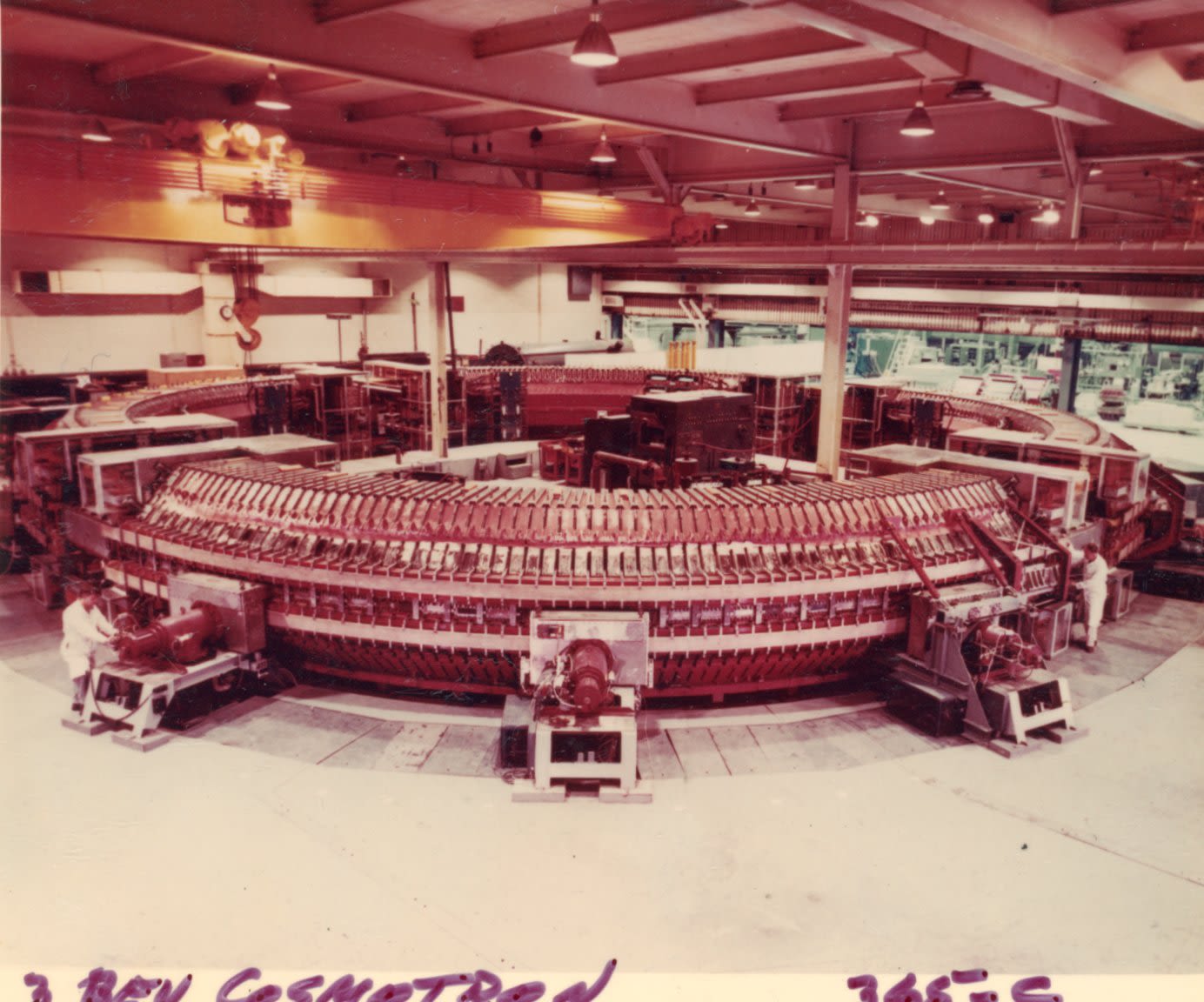St. Louis's Nuclear History
A hidden radioactive history

Some background
In October of 2022, news broke that "unacceptable" levels of radiation were found on a school playground in Florissant, MO - a northern suburb of St. Louis.
One might ask themselves, What is an acceptable amount of radiation for children to be making mud pies with?
What is deemed acceptable by a variety of characters influencing decisions in St. Louis for the last 81 years has left us riddled with cancer, thyroid disease, heart disease, and a painful inkling that we have been forgotten.
The problem, however, is that we aren't forgotten - we are managed.
Continue scrolling for a (brief) timeline of St. Louis's nuclear history
1928
Edward Mallinckrodt Jr., President of Mallinckrodt Chemical Works, endowed the Mallinckrodt Institute of Radiology at Washington University.
1942 - 1957
1942 - Arthur Holly Compton of Washington University meets with Edward Mallinckrodt Jr. to discuss uranium refinement in St. Louis
They reach an agreement and one week later the project was underway. 3 months later, Mallinckrodt Chemical Works was producing 1 ton of uranium per day.
The contract was not finalized until the majority of uranium used for the Manhattan Project was already produced.
1942 - 1957 - Mallinckrodt Chemical Works (renamed Mallinckrodt Chemical Company) produces uranium in downtown St. Louis at the Latty Ave. plant
1957 - 1966
Mallinckrodt Chemical Company moves to the production site built by the Atomic Energy Commission (AEC) at Weldon Spring in St. Charles County, MO and continues to produce uranium.
1966
Mallinckrodt acquires Nuclear Consultants, Inc., of Maryland Heights, MO, giving Mallinckrodt a foothold in the radiopharmaceutical business for nuclear medicine imaging.
1970s - 1996
1970s - 1980s - The Nuclear Energy Regulatory Commission confirms soil in downtown St. Louis (Latty Avenue) showed high levels of radium, uranium, and thorium radioactive contamination and had to be later remediated by Army Corps of Engineers Formerly Utilized Sites Remedial Action Program (FUSRAP).
The St. Louis Post Dispatch covers this issue throughout the 1980s.
1996 - The 1996 St. Louis Sites Remediation Task Force files a report on the history and ongoing problem of radioactive material around St. Louis
2000 - Present
Community organizers continue to work to gather information and challenge the Federal Government to acknowledge the consequences of uranium refinement.
2018 - EPA orders cleanup of Westlake Landfill
HBO documentary Atomic Homefront released
2022 - Radioactive material found on Jana Elementary playground in Florissant, MO and receives national news coverage
Nuked: Echoes of the Hiroshima Bomb in St. Louis published
2023 - Bridgeton health clinic opens to serve patients impacted by toxic landfill
Missouri House of Representatives vote to sue the Department of Energy for damages caused by WWII and Cold War nuclear waste
What now?
Today, non-profit group Just Moms STL organizes against the mismanagement of nuclear waste in St. Louis.
The workers of the St. Louis sites during WWII and the subsequent Cold War had little idea of radiation's effects on themselves, their families, and generations to come in the area.
In St. Louis, Missouri and across the United States, the Federal Government is not managing radioactive waste, but they are attempting to manage the people who are concerned for their health.
